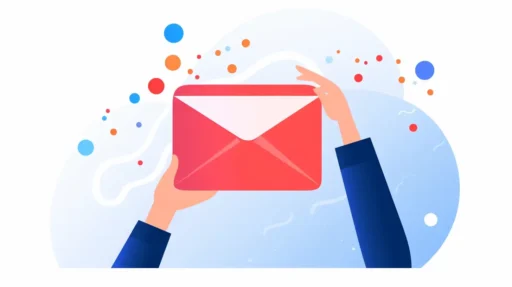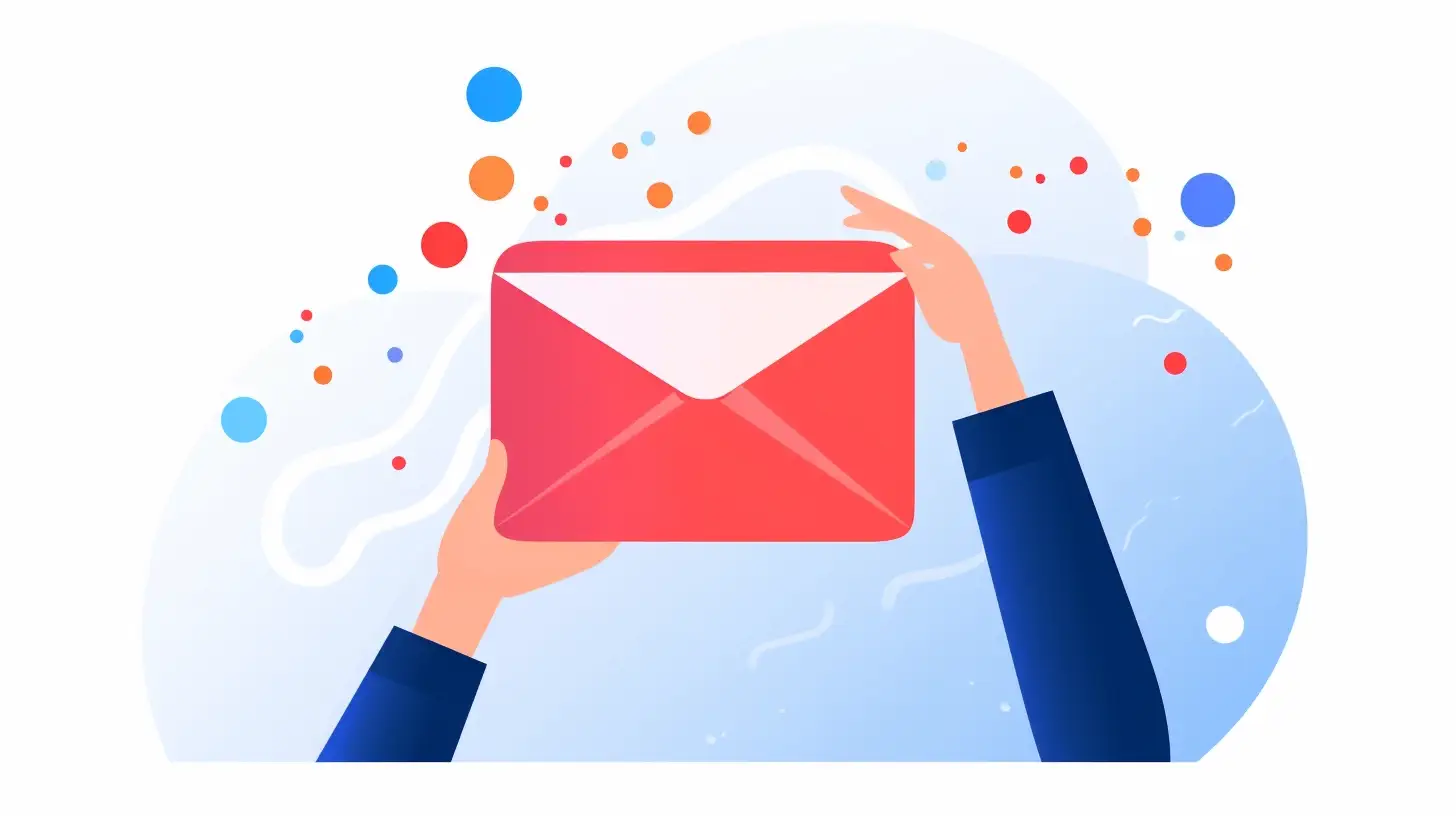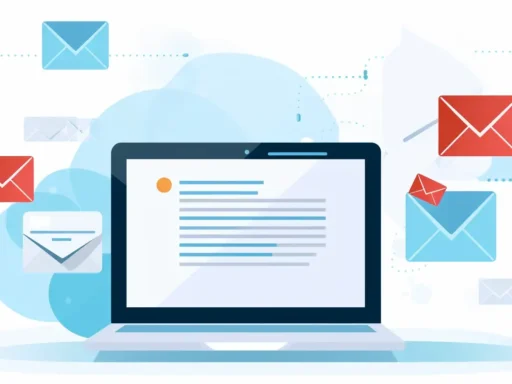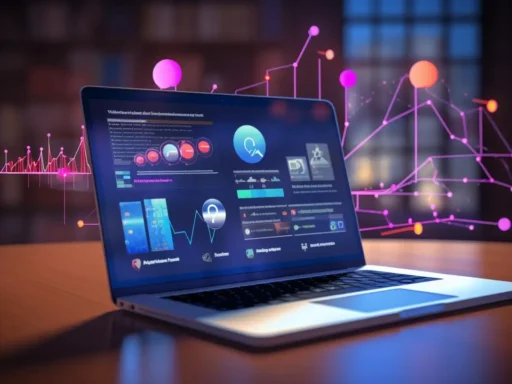Email marketing has become a crucial strategy for businesses looking to connect with their audience and drive conversions. By implementing effective email marketing strategies, you can optimize your campaigns and achieve greater success. From segmenting your subscribers to crafting compelling content, here are some tips to enhance your email marketing efforts.
Where to Begin with Email Marketing
To start your email marketing strategy, it’s important to keep your emails concise and visually appealing. Including social proof and a clear call-to-action can improve engagement and drive conversions. Regularly sending emails is also crucial for optimal results.
When beginning your email marketing journey, it’s important to have a clear understanding of your target audience. Email targeting involves tailoring your messages to specific customer segments based on their demographics, preferences, and behaviors. By understanding your audience’s needs and interests, you can create more personalized and relevant emails that resonate with them.
Email segmentation is a powerful technique that allows you to divide your subscriber list into smaller segments based on various characteristics. This enables you to deliver targeted content to each segment, increasing the likelihood of engagement and conversions. Segmenting your emails based on factors like demographics, purchase history, and engagement level can significantly improve the effectiveness of your campaigns.
Once you’ve optimized your targeting and segmentation, it’s crucial to focus on maximizing email conversions. Including social proof in your emails, such as testimonials or customer reviews, can help build trust and credibility. Additionally, having a clear call-to-action that directs readers to take the desired action, such as making a purchase or signing up for a newsletter, can significantly impact your conversion rates.
To measure the success of your email marketing campaigns and make data-driven decisions, it’s essential to utilize email analytics. By tracking metrics like open rates, click-through rates, and conversion rates, you can gain valuable insights into the performance of your emails. These analytics can help you identify areas for improvement, optimize your campaigns, and drive better results.
Key Takeaways:
- Optimize your lead magnets to attract more subscribers.
- Segment your subscribers to send personalized and relevant content.
- Create a welcome series to engage new subscribers and build trust.
- Design mobile-friendly emails for an optimal user experience.
- A/B test your email content to optimize open rates and engagement.
Benefits of Email Targeting, Segmentation, Conversion, and Analytics
To summarize, here are the key benefits of incorporating email targeting, segmentation, conversion techniques, and analytics in your email marketing strategy:
| Benefit | Description |
|---|---|
| Increased Relevance | Email targeting and segmentation allow you to deliver content that is most relevant to your subscribers, increasing engagement and conversion rates. |
| Better Personalization | By understanding your audience’s preferences and behaviors, you can create highly personalized emails that connect with individual subscribers on a deeper level. |
| Improved Conversion Rates | Effective call-to-actions and social proof can significantly impact conversion rates, turning email recipients into customers. |
| Informed Decision-Making | Email analytics provide valuable insights into the performance of your campaigns, helping you make data-driven decisions and optimize your future email marketing efforts. |
By implementing these strategies and utilizing email analytics, you can take your email marketing campaigns to the next level, driving better engagement, conversions, and ultimately, business growth.
Create Optimized Lead Magnets
An optimized lead magnet is a key element in building your email list and driving conversions. To effectively capture your audience’s attention, your lead magnet should be eye-catching, unique, and directly related to your brand. Offering an enticing incentive, such as a freebie or discount code, can encourage users to subscribe to your email list and become valuable leads.
Integrating lead magnets into your welcome series emails is a powerful way to nurture subscribers and keep them engaged. By providing valuable content or additional incentives in your welcome series, you can further build trust and establish a strong relationship with your audience. This approach increases the likelihood of converting subscribers into customers or clients.
To help you understand the significance of implementing optimized lead magnets, let’s take a look at the following table:
| Statistic | Impact |
|---|---|
| Increase in Email Subscriptions | 53% |
| Conversion Rate Improvement | 30% |
| Email List Growth | 78% |
As observed from the data above, optimizing lead magnets can significantly impact your email subscription rate, conversion rate, and overall email list growth. It demonstrates the effectiveness of using compelling lead magnets as a means to attract and engage your target audience.
Now that you understand the importance of creating optimized lead magnets, let’s explore some best practices and ideas for creating lead magnets that truly resonate with your audience.
Segment Your Subscribers
Segmenting your subscribers is a crucial step in optimizing your email marketing campaigns. By dividing your email list based on interests and behavior, you can send targeted emails that resonate with each subscriber. This personalized approach enhances engagement and builds trust, leading to higher open rates and conversions.
Create Relevant Segments
When segmenting your email list, consider different criteria such as demographics, purchase history, engagement level, and preferences. By understanding your subscribers’ unique characteristics, you can tailor your content to their specific needs and interests. For example, a clothing retailer can segment their subscribers based on gender, age, and style preferences to send personalized recommendations and exclusive offers.
Implement Personalization
Once you’ve created segments, leverage the power of personalization to make your emails feel customized to each recipient. Incorporate dynamic tags in your email content to address subscribers by their name or include personalized product recommendations based on their previous purchases. This attention to detail shows that you value their individual preferences, increasing the chances of engagement and conversion.
Create Multiple Email Versions
Another effective strategy is to create multiple versions of emails, such as welcome emails and follow-up emails, to cater to different segments. Your welcome series can be tailored to new subscribers, providing them with relevant information and enticing them further into your sales funnel. On the other hand, follow-up emails can be sent to engage and re-engage subscribers based on their previous actions. This thoughtful approach reinforces your brand messaging and keeps your subscribers engaged throughout their journey.
Segmenting your subscribers and sending personalized, targeted emails are essential tactics to drive the success of your email marketing campaigns. By understanding your audience and tailoring your content to their preferences, you can build strong relationships and achieve your business objectives.
Craft a Welcome Series
Welcome series emails are an essential component of a successful email marketing strategy. These automated emails are sent to new subscribers with the goal of engaging potential customers and building trust. By spacing out the emails and tailoring them to specific intentions, you can create a personalized onboarding experience for your subscribers.
But it’s not just new subscribers who can benefit from welcome emails. Sending welcome emails to existing customers who haven’t been active can assist in re-engaging them and reminding them of the value your brand offers.
Automation tools like MailChimp make it easy to schedule and send automated welcome emails. With these tools, you can create a series of emails that introduce your brand, provide useful information, and encourage subscribers to take action. By strategically planning and creating valuable content for your welcome series, you can maximize customer satisfaction and retention.
Sample Welcome Series:
| Intention | Timing | |
|---|---|---|
| Welcome Email | Introduction and brand overview | Sent immediately after subscription |
| Product Highlights | Showcasing popular products | Sent 2 days after the welcome email |
| Discount Offer | Encouraging a first purchase | Sent 5 days after the welcome email |
| Getting Started Guide | Helping customers use your products/services | Sent 7 days after the welcome email |
Design Mobile-Friendly Emails
With an increasing number of people checking their emails on mobile devices, it’s essential to ensure that your emails are mobile-friendly. By optimizing your email design for mobile devices, you can enhance the user experience and improve your email click-through rate. Here are some tips to create mobile-friendly emails:
- Place important links at the top: Positioning crucial links, such as call-to-action buttons or important information, at the top of your email ensures that they are easily accessible to mobile users without the need for scrolling.
- Optimize images: Images play a vital role in email design, but they can slow down loading times on mobile devices. Optimize your images by resizing and compressing them to improve performance.
- Test different font sizes and margins: Due to the smaller screen size of mobile devices, it’s important to experiment with font sizes and margins to ensure that your email is legible and visually appealing on mobile screens.
- Ensure viewability of promotions and sales information: If you’re promoting a sale or special offer, make sure that the relevant information is prominently displayed and easily viewable on mobile devices. This helps mobile users quickly understand the value of your offer.
By implementing responsive design techniques, you can create visually appealing and user-friendly emails that cater to the mobile audience. This not only enhances the user experience but also increases the chances of recipients clicking through to your desired actions.
| Benefits of Mobile-Friendly Emails | Challenges of Non-Mobile-Friendly Emails |
|---|---|
| Higher click-through ratesImproved user experienceIncreased engagementEnhanced brand perception | Poor user experienceLow engagementDecreased click-through ratesMissed opportunities |
A/B Test Email Content
When it comes to optimizing your email marketing campaigns, A/B testing is a valuable strategy. By testing different variations of emails, such as subject lines and content, you can identify what resonates best with your audience. This allows you to optimize your email open rates and improve engagement.
Implementing A/B testing in your email marketing efforts is relatively simple. Many email automation platforms offer built-in A/B testing features, making it convenient to conduct experiments and gather valuable data. With this data, you can make informed decisions about your email content and optimize your campaigns accordingly.
Remember, the goal of A/B testing is to learn what works best for your specific audience. It’s important to test one element at a time to accurately measure the impact on your email open rates and click-through rates. By making data-driven decisions based on the results of your A/B tests, you can continually improve the effectiveness of your email marketing campaigns.
So, take advantage of A/B testing to optimize your email content. Test different subject lines, email layouts, or even different calls-to-action. By understanding what appeals most to your subscribers, you can create more compelling emails that drive higher engagement and ultimately increase your conversion rates.
FAQ
What are some email marketing tips for effective campaigns?
Implementing effective strategies and best practices such as keeping emails concise and visually appealing, including social proof and clear call-to-action, regularly sending emails, and optimizing lead magnets can help boost open rates, engagement, and conversions.
Where should I begin with email marketing?
To start your email marketing strategy, you can focus on email targeting, email segmentation, email conversion, and email analytics. These techniques will help you optimize your campaigns and improve your results.
How can I create optimized lead magnets for my email campaigns?
To create optimized lead magnets, you should make them eye-catching, unique, and relevant to your brand. You can offer incentives like freebies or discount codes to entice users to subscribe. Integrating lead magnets into welcome series emails can also help nurture subscribers and retain their interest.
How can I segment my subscribers for more personalized emails?
Segmenting your subscribers based on their interests and behavior allows you to send more targeted and relevant content, improving engagement and trust. Creating multiple versions of emails, such as welcome and follow-up emails, can enhance the subscriber experience.
How can I craft an effective welcome series for new subscribers?
By spacing out your welcome series emails and tailoring them to specific intentions, you can engage potential customers and build trust. Sending welcome emails to existing customers who haven’t been active can also re-engage them. Automation tools like MailChimp make it easy to schedule and send automated emails.
How can I design mobile-friendly emails?
Since most people check their emails on mobile devices, it’s crucial to design mobile-friendly emails. You should place important links at the top, optimize images, and test different font sizes and margins to improve the user experience. Ensuring that promotions and sales information are easily viewable on mobile devices is also essential.
How can A/B testing improve my email marketing campaigns?
A/B testing is a valuable strategy to improve your email marketing campaigns. Test different variations of emails, such as subject lines and content, to determine what resonates best with your audience. This helps optimize open rates and engagement. Email automation platforms often have built-in A/B testing features.
GetResponse: Revolutionizing Digital Marketing One Click at a Time
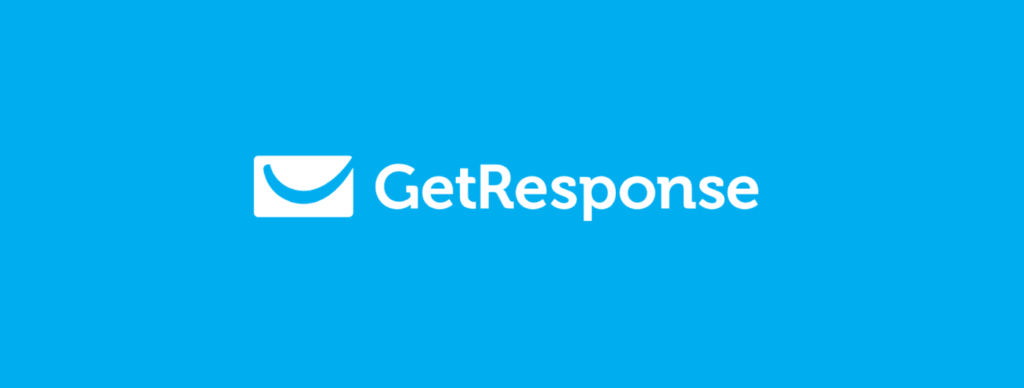
In the dynamic world of digital marketing, GetResponse emerges as a comprehensive tool that caters to diverse online marketing needs. It’s not just an email marketing platform; it’s a multifaceted solution designed to elevate your marketing strategy.
1. Email Marketing Made Simple: GetResponse simplifies email campaigns with user-friendly interfaces and customizable templates, ensuring your message resonates with your audience.
2. Automation at Your Fingertips: Streamline your marketing efforts with automation tools that help in targeting and segmentation, making your campaigns more efficient and personalized.
3. Beyond Emails: Explore the realm beyond emails with features like webinars, landing pages, and a website builder. These tools help in creating a cohesive online presence and engaging with your audience on multiple levels.
4. Ecommerce Integration: GetResponse seamlessly integrates with ecommerce platforms, making it an ideal solution for online stores looking to enhance their customer engagement and sales.
5. Analytics and Insights: With comprehensive analytics, track your campaign’s performance, and gain insights to optimize your strategies for better results.
6. User-Friendly Interface: Its intuitive interface makes it accessible for beginners, while its advanced features cater to the needs of seasoned marketers.
In conclusion, GetResponse stands out as a versatile, all-in-one marketing solution, offering a range of tools and features to help businesses of all sizes maximize their online potential.”
For more detailed information, visit GetResponse’s official website.
